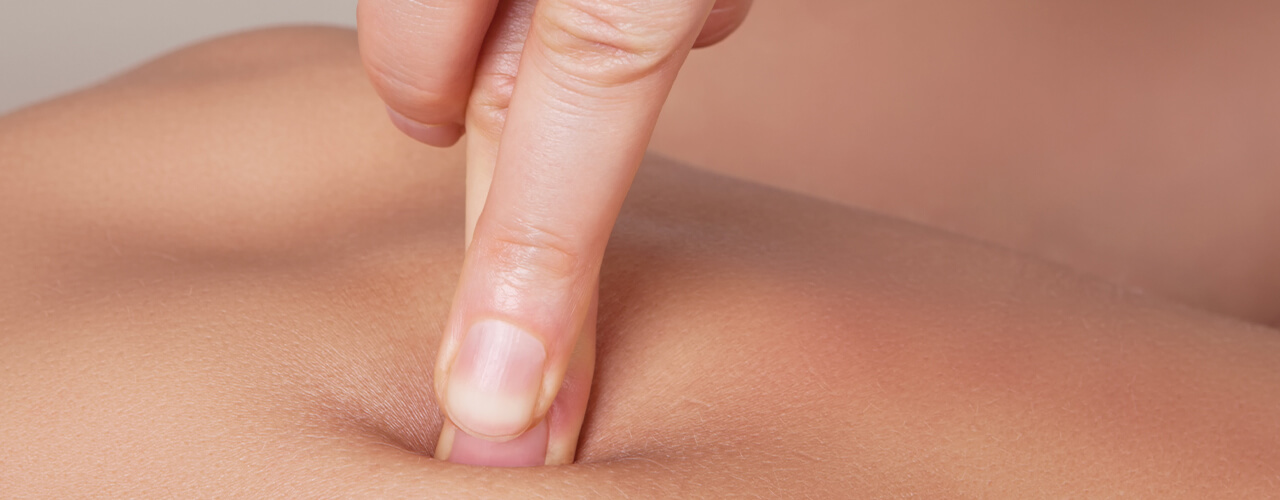I've heard of trigger point therapy before. What is it?
Trigger point therapy, often referred to as myofascial release or pressure point massage, involves the application of gentle yet firm pressure to specific areas along the body, known as pressure or trigger points. This pressure is provided by the hands of a skilled Chubbuck physical therapist trained in pressure point release. Sometimes, a physical therapist may choose to use certain devices or tools to assist with force application.
The manual pressure provided by a physical therapist during trigger point therapy is intended to relax and normalize trigger points within the fascia, a widespread, sheath-like, fibrous tissue encasing your musculoskeletal structures. Fascia, which is normally pliant and flexible, is important for protecting muscles, tendons, ligaments, bones, and nerves and helps them move together in a coordinated way. However, when stress, injury, poor posture, repetitive movement, or poor nutrition or hydration is imposed on the body, the fascia can become inelastic and stiff. This restricts the normal movement of the connective tissues beneath, leading to pain, immobility, and even an increased risk of injury.
To this end, trigger point therapy is intended to "release" the tension and stress in the fascia and other structures within targeted treatment areas, thus restoring normal movement, relieving pain, and reducing your risk of further tissue damage.
What and where are trigger points?
You probably know what a knot feels like: an area that feels uncomfortable, stiff, dense, and maybe even tender. Indeed, "knots" are essentially synonymous with trigger points, although they may not always be overtly obvious or noticeable.
Trigger points can happen anywhere in the body and are especially common in the shoulders, back, and hips. As mentioned, the connective tissue within these areas exhibit increased tension and stiffness, often as a result of stress, illness, or injury. Muscle fibers may tense up in spasms and there may be a decrease in oxygenated blood or lymphatic flow to the area, as well, all of which can contribute to localized stiffness and discomfort.
Interestingly, trigger point pain can often be referred from other parts of the body. A buildup of scar tissue or a joint misalignment, for instance, may lead to pain or spasm in a nearby muscle. This is one of the reasons why it's so important to consult with a physical therapist if you're struggling with pressure point pain, since there may be more to the symptoms than meets the eye.
What conditions may benefit from myofascial release?
Fascial tissue is located throughout your body, so adhesions and activated trigger points anywhere within this tissue can affect a wide number of physiological systems and structures. Our physical therapy team has found myofascial release to be effective for numerous conditions, including:- Sciatica
- Carpal tunnel syndrome
- Medial and lateral epicondylitis (golfer's elbow and tennis elbow, respectively)
- Whiplash
- Osteoarthritis
- Adhesive capsulitis (frozen shoulder)
- Headaches and migraines
- Neck pain
- Back pain
- Thoracic outlet syndrome
- Temporo-Mandibular Joint (TMJ) disorder
How should I prepare for trigger point therapy?
To maximize the effectiveness of our care, our physical therapist team encourages you to wear comfortable clothing and sturdy supportive shoes—essentially, anything you'd be comfortable working out in. Of course, while much of our physical therapy services do involve active participation from you as the patient, manual therapy sessions (which includes trigger point therapy) allow you to take more of a passive, restorative role.
Know that when you first arrive for your initial appointment, one of our physical therapists will take you through a thorough patient history questionnaire and physical examination. You'll be encouraged to ask questions along the way to help us gain insight into your unique condition and help us provide you with an accurate diagnosis and plan of care, which may include manual therapy as well as additional evidence-based physical therapy services such as therapeutic exercises, joint mobilizations, and modalities.
We always encourage our patients to stay well-hydrated both before, during, and after treatment. Water is essential to helping your body heal, and the effects of both active and passive therapeutic services (including pressure point massage) are amplified when you drink plenty of fluids. Aim for one third to one half your body weight in fluid ounces per day, or more if you exercise a lot or have a physically demanding job.
Are you struggling with acute or chronic pain? Contact our physical therapist at Chubbuck, ID center to learn more about myofascial release and other drug-free and non-invasive techniques. We're happy to connect you with a physical therapist who can help you start feeling better as soon as possible.






